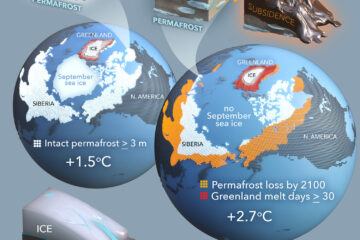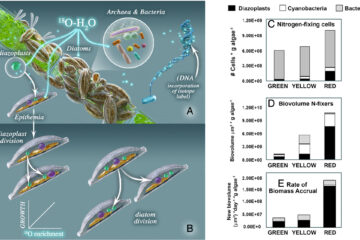Effects of high levels of antimycin A on aquatic invertebrates in a warmwater Arizona Stream
Restoration of native fish to freshwater habitats often requires nonnative fish removal via chemicals such as antimycin A. Despite widespread use, there are limited field studies quantifying the effects of antimycin A on aquatic macroinvertebrates. We studied the immediate and short-term effects of antimycin A on macroinvertebrates during a fish renovation project in Fossil Creek, Arizona. We employed before–after control–impact (BACI) designs to measure the effects of antimycin A (at extraordinarily high levels of >54 and >100 μg/L) on macroinvertebrate drift, density, and species composition. We used the Hilsenhoff biotic index, a measure of invertebrate pollution tolerance, to study changes in species composition. At the highest dose (>100 μg/L), drift was five times the pretreatment drift level and invertebrate standing stocks in pools and riffles decreased immediately. Densities rebounded in riffles within 5 months but remained depressed in pools. At the lower concentration (>54 μg/L), macroinvertebrate mortality, measured as increased drift, was 24 times the pretreatment level. At this lower concentration, however, macroinvertebrate densities in the benthos were not reduced. Under both concentrations, species composition shifted toward more tolerant species. Although antimycin A effects were mostly short term, several species were locally extirpated. We found no explanation for the loss of some species over others. These results indicate that there is a high end concentration at which antimycin A can have deleterious effects on aquatic invertebrates. We caution managers contemplating the use of antimycin A in fish restoration to consider the risks to macroinvertebrates. We suggest the use of pretreatment surveys and bioassays at anticipated treatment levels to predict the effects upon macroinvertebrates, especially sensitive species. Where there are sensitive species, steps should be taken to mitigate effects.


